10 Red Flags That Tell You a Neighborhood Is Declining
Living in a good neighborhood is a kind of everyday luck. You see it in well-kept lawns, friendly faces, and the sense that people care about where they live. But communities don’t stay the same forever. Small shifts—a few neglected homes, a rise in noise, fewer familiar faces—can hint that things are changing. Here are signs your neighborhood might be on the decline.
Businesses Are Packing Up
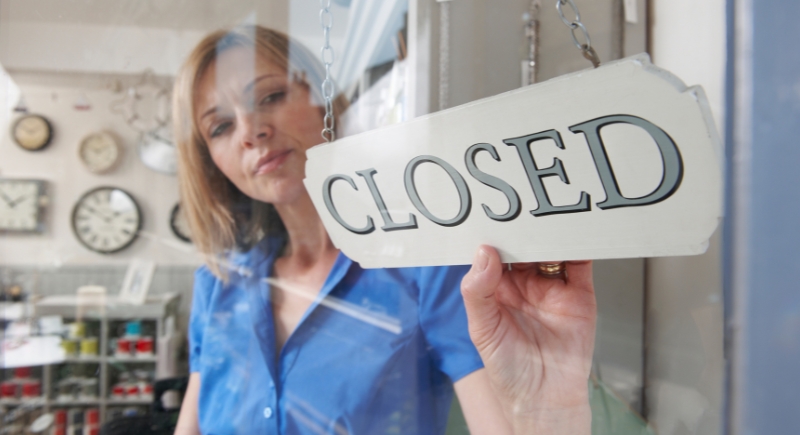
Credit: Getty Images
When local stores and restaurants begin to close, it’s a sign that foot traffic and spending are dropping. According to the National Association of Realtors, neighborhood amenities strongly affect property values. Once the coffee shop and dry cleaner disappear, convenience and curb appeal follow. Empty storefronts suggest less local investment, and they can quickly change how outsiders see the community.
More “For Rent” Signs Than Porch Lights
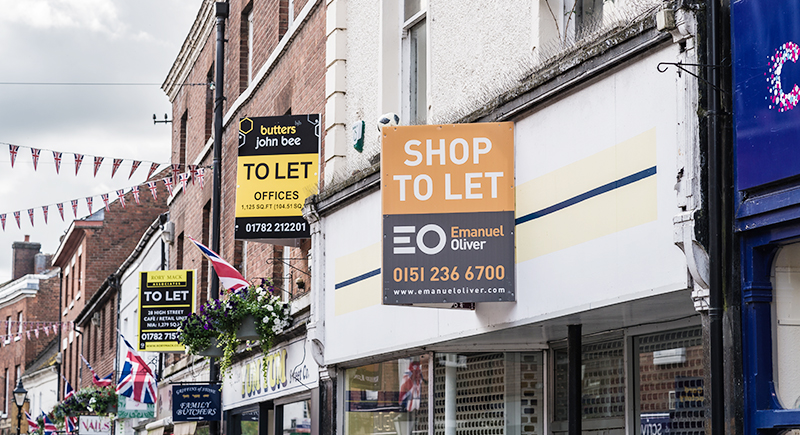
Credit: iStockphoto
When “For Rent” signs start showing up on every block, it’s often a clue that homeowners are cashing out and short-term renters are moving in. With people coming and going, lawns stay uncut longer, paint chips a little more, and the sense of care starts to fade. Neighborhoods with high rental turnover also tend to grow in value more slowly over time.
Public Spaces Look Forgotten
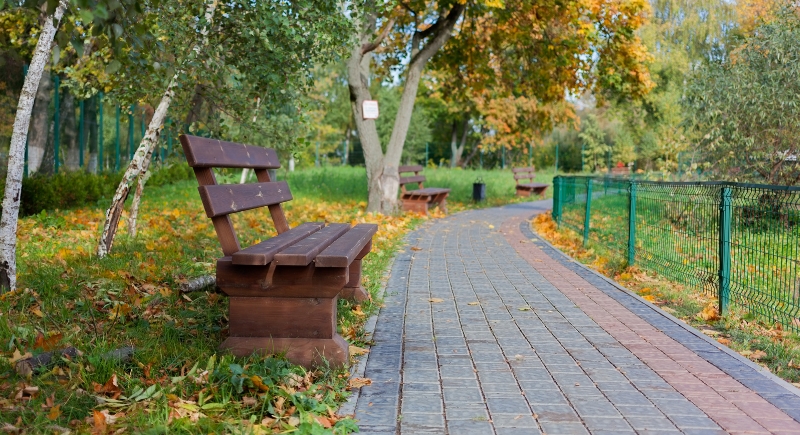
Credit: pexels
A park full of weeds or cracked benches might not seem like a big deal at first, but it often hints at something deeper. When lawns go untrimmed and trash bins overflow, it usually means no one’s taking ownership anymore. Urban planners describe this pattern as the “broken windows effect,” where neglect spreads fast.
Noise Levels Hit the Roof
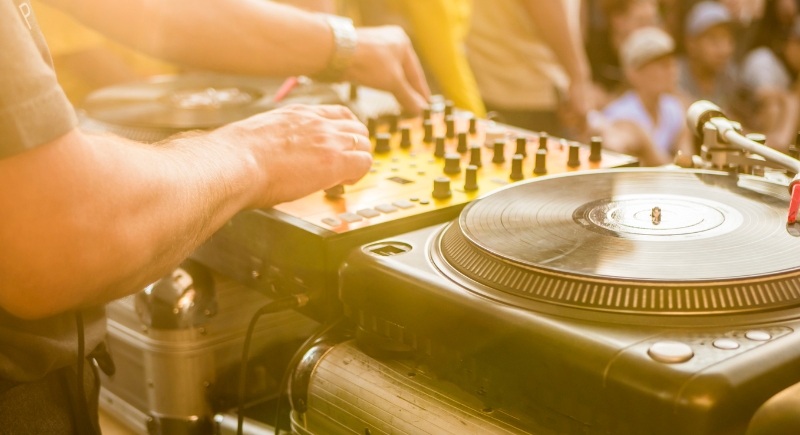
Credit: Getty Images
Constant noise does more than disturb sleep; it wears on daily life and property value. EPA studies show that areas exposed to steady noise from traffic, parties, or construction tend to feel less livable. When those sounds become part of the background, it often signals weak enforcement and fading community respect. Sooner or later, the people who can move do.
Crime Patrols Are Suddenly Everywhere
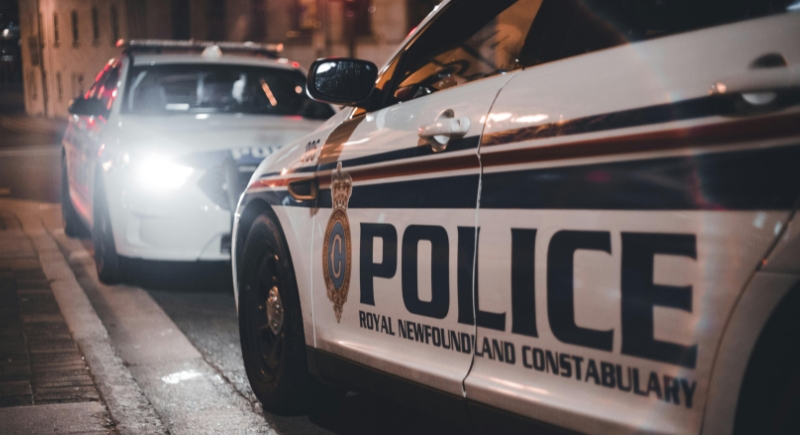
Credit: pexels
An increase in police presence usually points to deeper problems. FBI data shows that when property crimes rise, neighborhoods often decline across the board. More patrols can mean residents have raised concerns about theft, vandalism, or break-ins. And once an area gains that reputation, home values are slow to recover.
Homes Start Looking Haunted
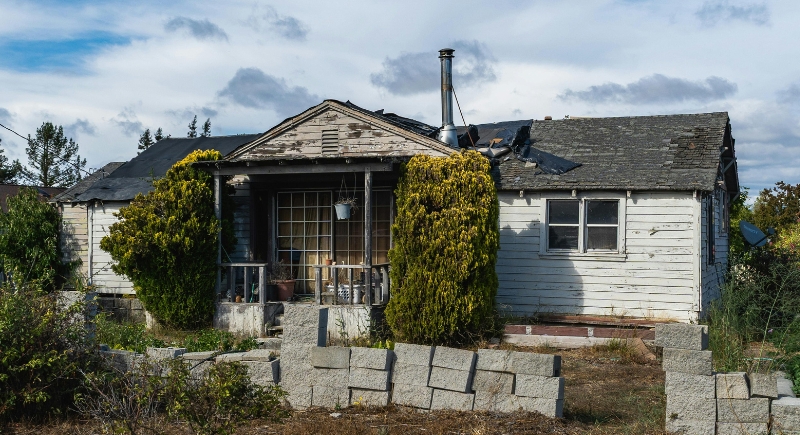
Credit: pexels
It’s easy to spot when a neighborhood starts slipping: paint fades, fences lean, and roofs go untouched. Those signs usually mean owners are struggling or have stopped paying attention. According to the Appraisal Institute, just one unkempt home can lower nearby property values by up to ten percent. Once a few houses follow suit, the entire street begins to feel run-down.
Schools Are Losing Their Spark
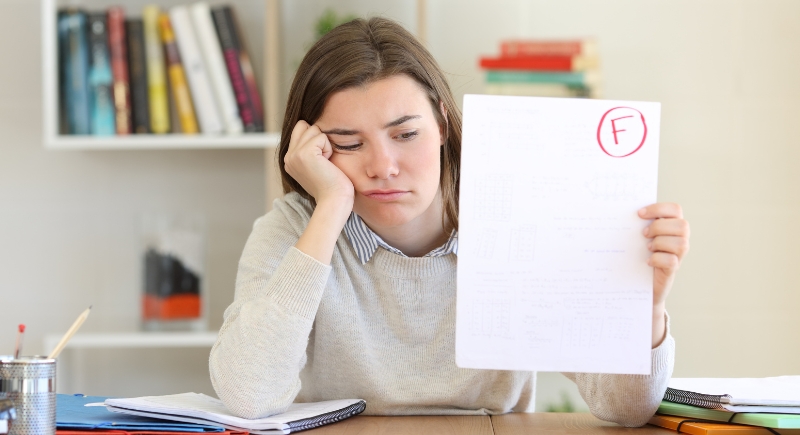
Credit: Getty Images
When class sizes grow and test scores fall, families often look for new districts. Homes near strong schools usually sell faster and for higher prices, according to Realtor.com data. A shrinking PTA or an increase in private school transfers suggests that parents are losing confidence in local education. That loss of faith can start a quiet exodus of families seeking better opportunities elsewhere.
Public Transport Gets Cut Back
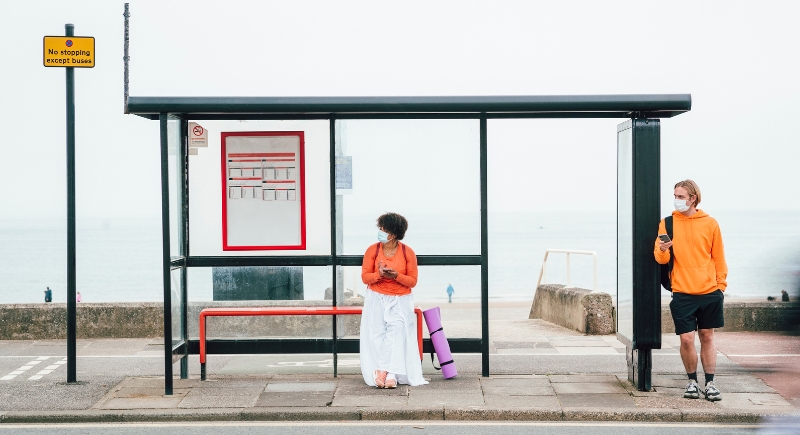
Credit: Getty Images
Transit schedules often tell you more about a neighborhood than you’d think. When routes are dropped or buses come less often, it’s usually because fewer people are riding. That drop often reflects shrinking populations or struggling local businesses. With less access to reliable transport, residents who rely on it start leaving, and the decline deepens.
The Local Hospital or Clinic Closes

Credit: iStockphoto
It’s easy to overlook how much a local hospital or clinic does for a neighborhood until it’s gone. Once those doors close, the ripple effect can be quick. Pharmacies lose business, nearby cafés see fewer customers, and jobs start to disappear. Data from the American Hospital Association shows that these closures often slow local economies and make families and retirees think twice about moving in.
The Sense of Community Vanishes
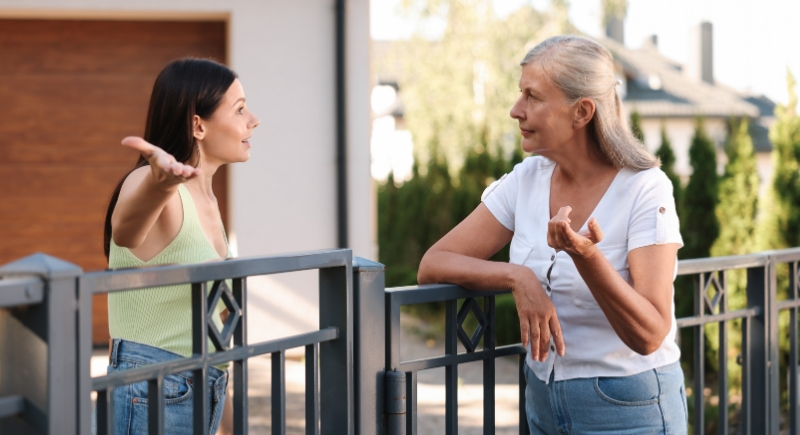
Credit: Canva
A healthy neighborhood depends on people knowing one another. When greetings fade and shared events stop happening, the ties that hold a community together start to loosen. Sociologists call it a loss of social capital—the trust and familiarity that keep people connected. The streets may look the same, but the feeling of belonging starts to disappear.